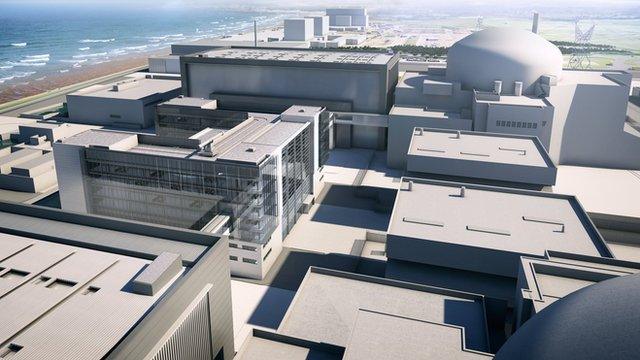Q&A: Nuclear strike price
- Published
The government finally agreed a nuclear strike price with French power company EDF in 2013. But what is this price and why is it needed?
Nuclear what price?
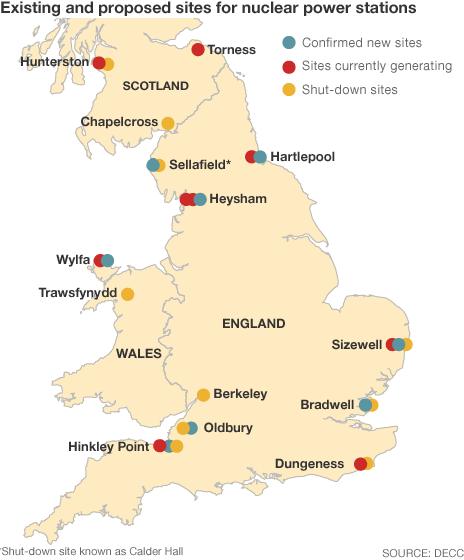
Why do we need a strike price in the first place?
How does the price work in practice?
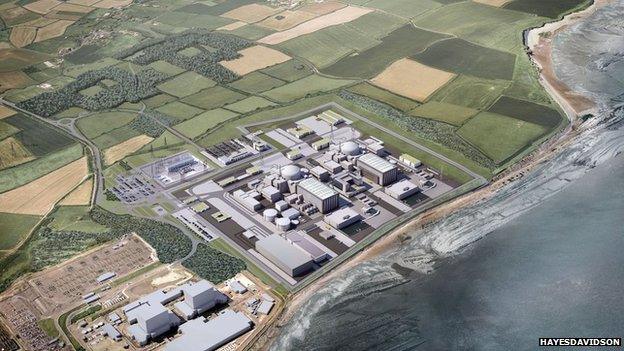
Hinkley Point C is set to take 10 years to become fully operational. It will be made up of two nuclear reactors and will be built next to Hinkley Point A and B.
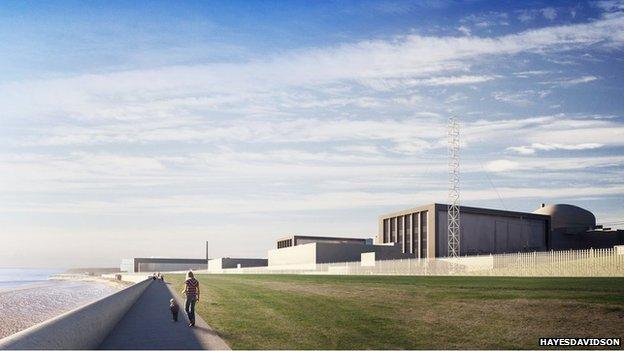
The land will need to be flattened and then the sea wall will be built. After this, excavation work can start to lay the foundations of the nuclear plant including two underground two-mile (3km) tunnels for the cooling water.
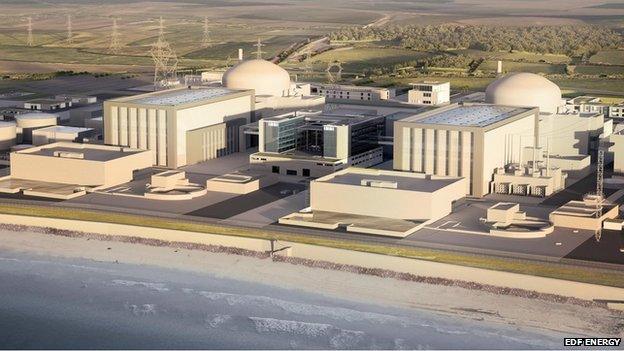
The building of the two reactors will be staggered with the first reactor expected to be operational by 2023.
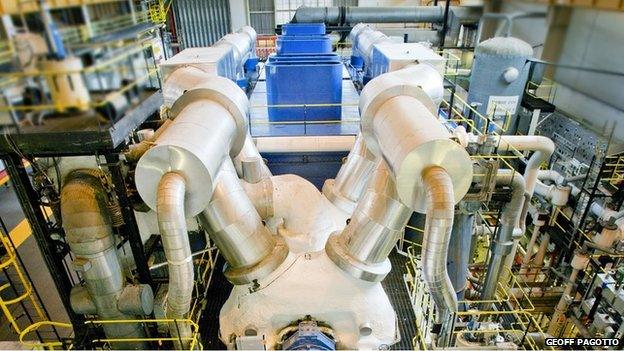
The other aspects of the build include the turbine halls, standby power generators and a pumping station for the cooling water, interim waste storage facilities as well as a visitors' centre.
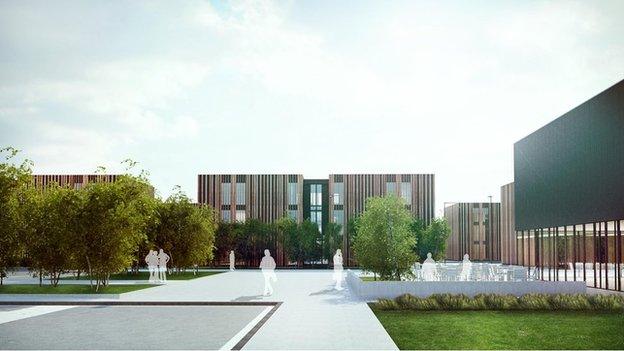
Workers' accommodation will be built across three sites, with two in Bridgwater and a third on site. Other infrastructure includes building two park and ride sites and developing Combwich Wharf.
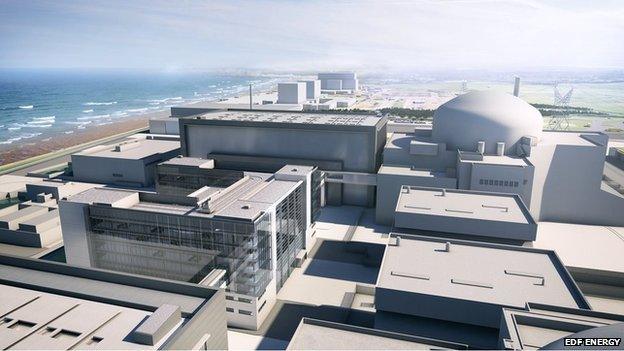
The power station is expected to provide up to 25,000 jobs during the lifetime of the project and once built will provide about 900 full-time jobs.
But why the need for any guaranteed price?
So what does it mean for bills?
This is all very well, but why are we building new nuclear power plants?
- Published21 October 2013

- Published23 April 2013
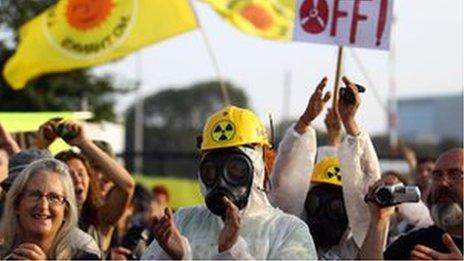
- Published16 April 2013
- Published26 March 2013
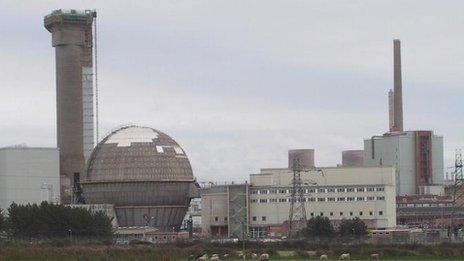
- Published20 March 2013
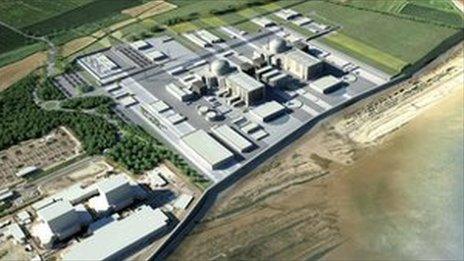
- Published19 March 2013
